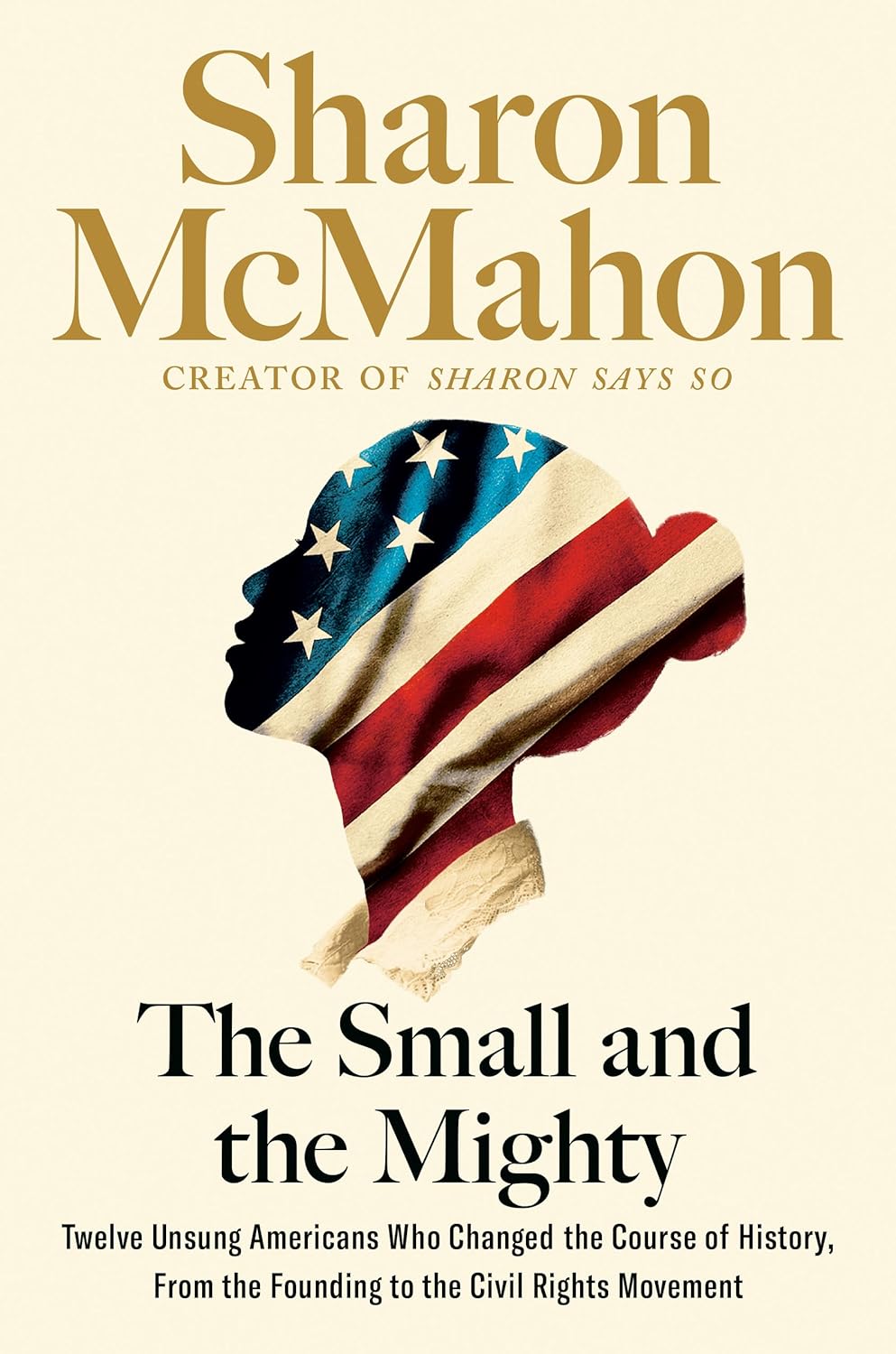Introduction: New York_ 1804
byIntroduction to Chapter 3 unveils a profound moment in American history, capturing the final hours of Alexander Hamilton’s life in 1804. As the story unfolds, we witness Hamilton lying in a bed, gravely wounded from a gunshot inflicted by Aaron Burr in their infamous duel. Despite his critical condition, Hamilton’s composure remains firm, displaying a remarkable stoicism that contrasts with the intensity of the pain he endures. The scene becomes even more poignant when Hamilton attempts to seek peace through Communion but is denied by Reverend Bishop Moore, who deems him unworthy due to the nature of the duel. In his last moments, Hamilton reflects on his choices, regrets some of his actions, and offers forgiveness to Aaron Burr, symbolizing his strength of character even at death’s door. His devotion to his family, particularly his wife Eliza, becomes clear, as he struggles to express his enduring love for her and their children amidst his physical suffering.
Eliza’s grief is vividly portrayed as she struggles with the impending loss of her husband, clinging to the hope that their life together might somehow continue despite the tragic circumstances. Unbeknownst to her, Hamilton had already written a heartfelt farewell letter, a final gesture of love and devotion to his family. This letter, containing his deepest emotions, serves as a poignant reminder of Hamilton’s care for his loved ones, even as he faced the end. The narrative then shifts briefly to Gouverneur Morris, a long-time friend of Hamilton who was present at his side during those final hours. Morris’s emotional turmoil is palpable as he witnesses the suffering of someone who played such an influential role in the formation of the nation. This shift in focus gives readers a glimpse into the deep personal connections that extended beyond the political sphere and highlights the emotional complexities that shaped the lives of these historical figures.
As the story progresses, the narrative brings Gouverneur Morris into the limelight, emphasizing his critical role in shaping the early American republic. Though his contributions are often overshadowed by more well-known figures, Morris’s legacy as a key figure in drafting the Constitution, particularly the Preamble, stands as a testament to his intellectual influence. His legacy, while crucial, has largely faded from popular memory, despite the significant impact he had on the founding of the United States. Morris, despite personal challenges such as physical disabilities, lived a rich and fulfilling life, contributing intellectually to the nation’s growth. His involvement in the Constitutional Convention helped lay the groundwork for a fledgling democracy, yet his story is often forgotten in the broader narrative of American history. The introduction encourages a deeper exploration of these overlooked figures, urging readers to recognize the countless individuals whose contributions have shaped the nation, even if their names are not widely celebrated.
The author, Sharon McMahon, uses the lives of Hamilton and Morris to highlight the often-overlooked figures in American history whose contributions have shaped the country’s ideals and foundations. The introduction sets the stage for a broader examination of these unsung heroes, emphasizing that history is not only written by the famous but also by the many individuals whose actions may not have been widely recognized but were equally impactful. The narrative reminds us that while iconic figures like Hamilton and Washington are remembered, there are countless others whose efforts played pivotal roles in shaping the political and social fabric of the United States. As readers move through the story, they will be introduced to more lesser-known individuals, each contributing to the story of America’s rise, values, and democracy. This exploration helps enrich the reader’s understanding of American history, shedding light on those whose quiet contributions have left a lasting legacy, helping to shape the nation’s identity.

